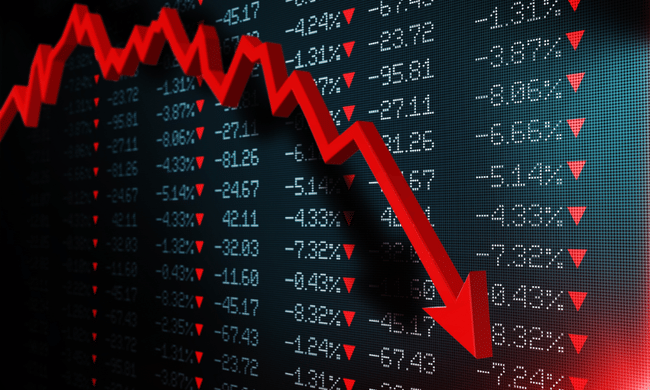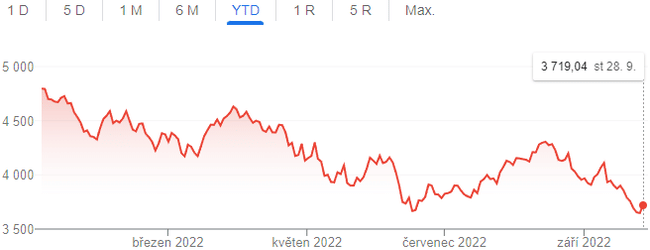In the current challenging market environment, it probably comes as little surprise that large financial institutions like Goldman Sachs are lowering their price targets. So let's take a straightforward look together at where the bank sees the S&P 500 index at the end of this year and what convinced it to lower its original price target.

Goldman Sachs revises S&P 500 index projections downward
Bank Goldman Sachs $GS has lowered its target for the S&P 500 index, predicting that the U.S. stock index will essentially end this year at about the same levels where it is trading now as the Federal Reserve continues to aggressively tighten monetary policy. The Wall Street bank lowered the benchmark's three-month target from 4,300 to 3,600 and warned that the rapid pace of interest rate hikes by the U.S. central bank is likely to lead to further equity sell-offs by the end of 2022.
"Interest rate expectations are now higher than we previously anticipated, which skews the distribution of equity market outcomes below our previous forecast," the bank's strategists said in a note to clients on Thursday.
U.S. stocks fell last week after the Fed raised interest rates for a third straight day on Wednesday by an above-average 75 basis points. The S&P 500 index eventually wrote off nearly 5% for the week to close at 3,695 points, testing June lows. Investors were concerned about rising interest rates because of their potential impact on economic growth.

An even more negative scenario
The Goldman Sachs team warned that the S&P 500 index could fall as low as 3,400 points if profits of companies listed on its exchange fall and the Fed's attempts to curb soaring inflation lead to a "hard landing" when the US hits a recession. That would represent a drop of about another 8% for the index.
"The outlook is unusually dim. The forward trajectories for inflation, economic growth, interest rates, earnings and valuations are more in flux than usual and have a wider spread of possible outcomes," they said.
A hard landing is inevitable
Equity investors have concluded that a hard landing of the US economy (Hard Landing) is inevitable, Goldman Sachs said based on discussions with clients. A hard landing refers to a significant economic slowdown or contraction after a period of rapid growth. Economies that experience a hard landing often slide into a stagnant period or even a recession.
"Most portfolio managers believe that in order to tame inflation, the Fed will have to raise rates so high that this will result in a U.S. recession sometime during 2023," the GS team said.
Goldman Sachs expects another 75 basis point rate hike at the Fed's November meeting, followed by a 50 basis point increase in December. A 25-basis-point increase in February means Fed members are aiming to raise interest rates to 4.5% to 4.75%. Beyond that, Goldman Sachs expects investor attention to focus on corporate earnings in the near term. Record-high profit margins will be closely scrutinized in the third-quarter earnings season, its team said.
DISCLAIMER: All information herein is for informational purposes only and is in no way an investment recommendation. Always do your own analysis.